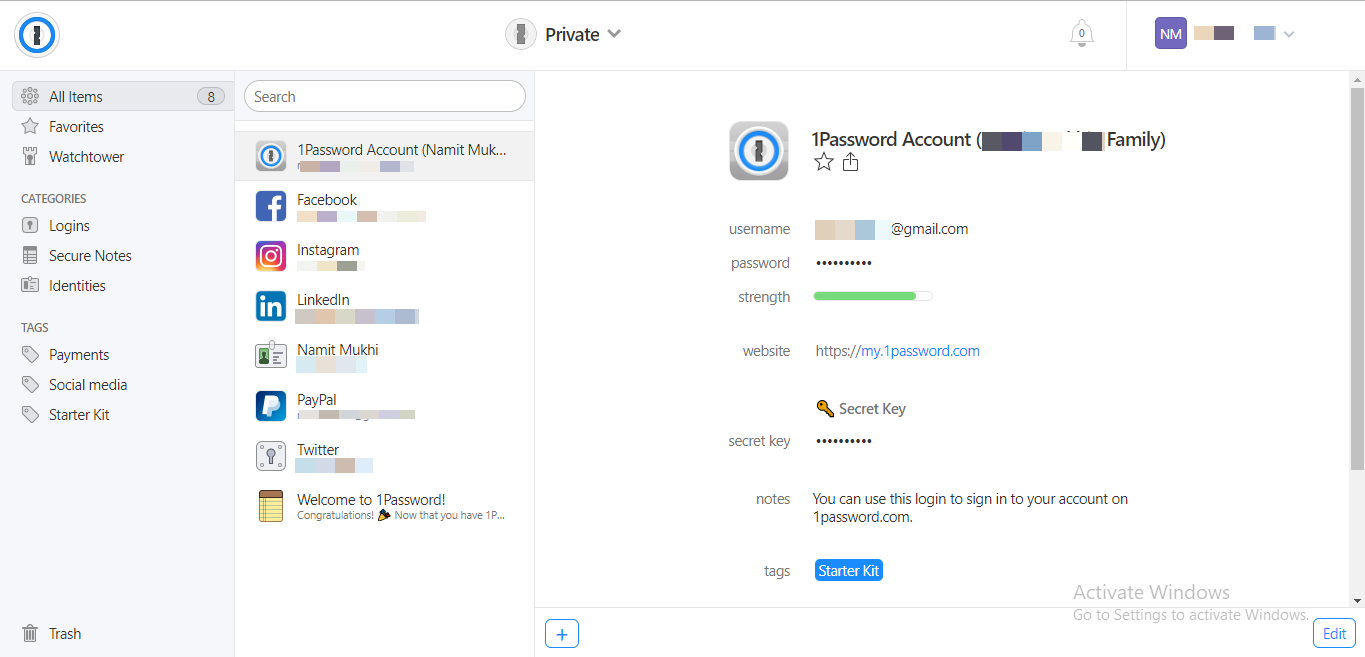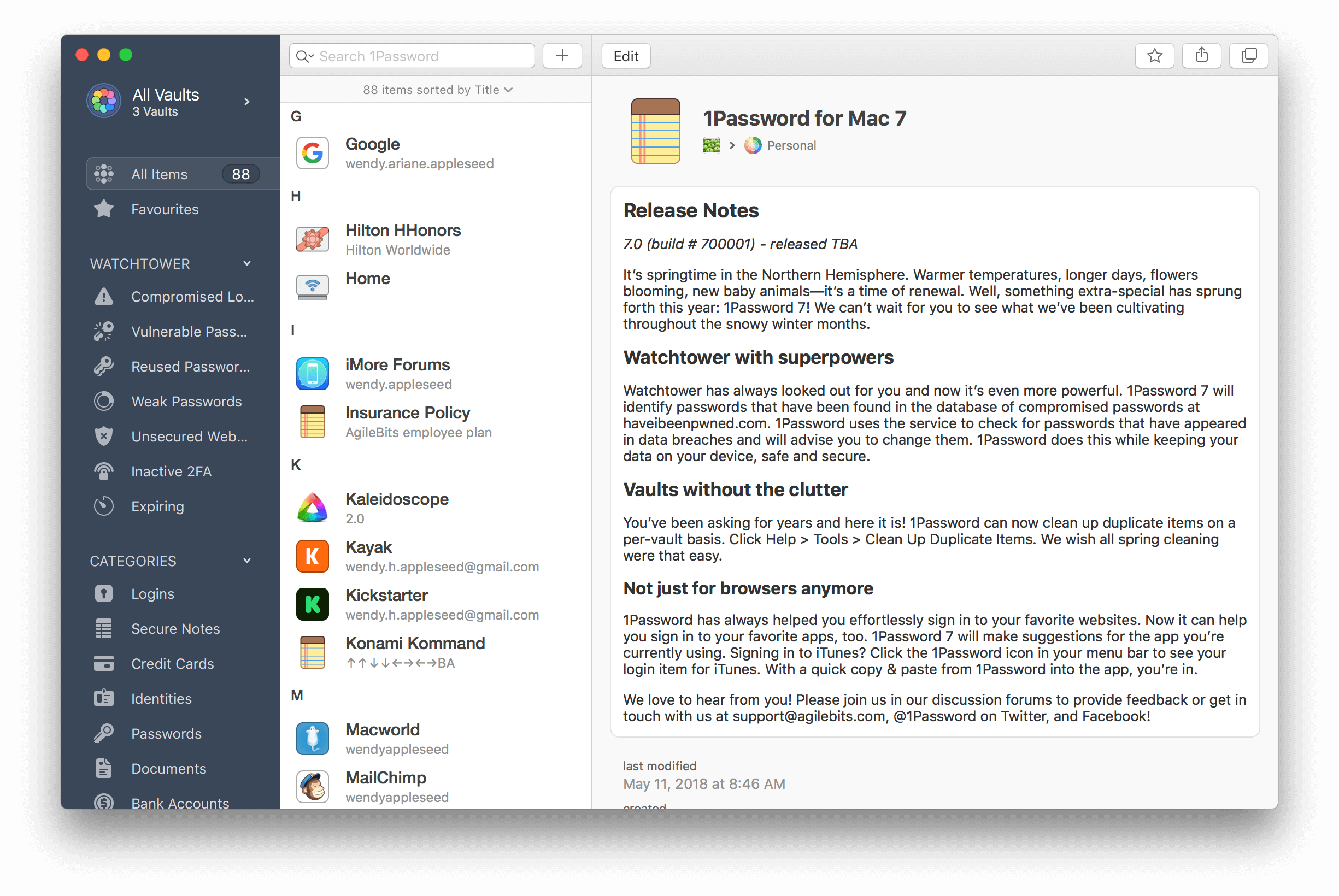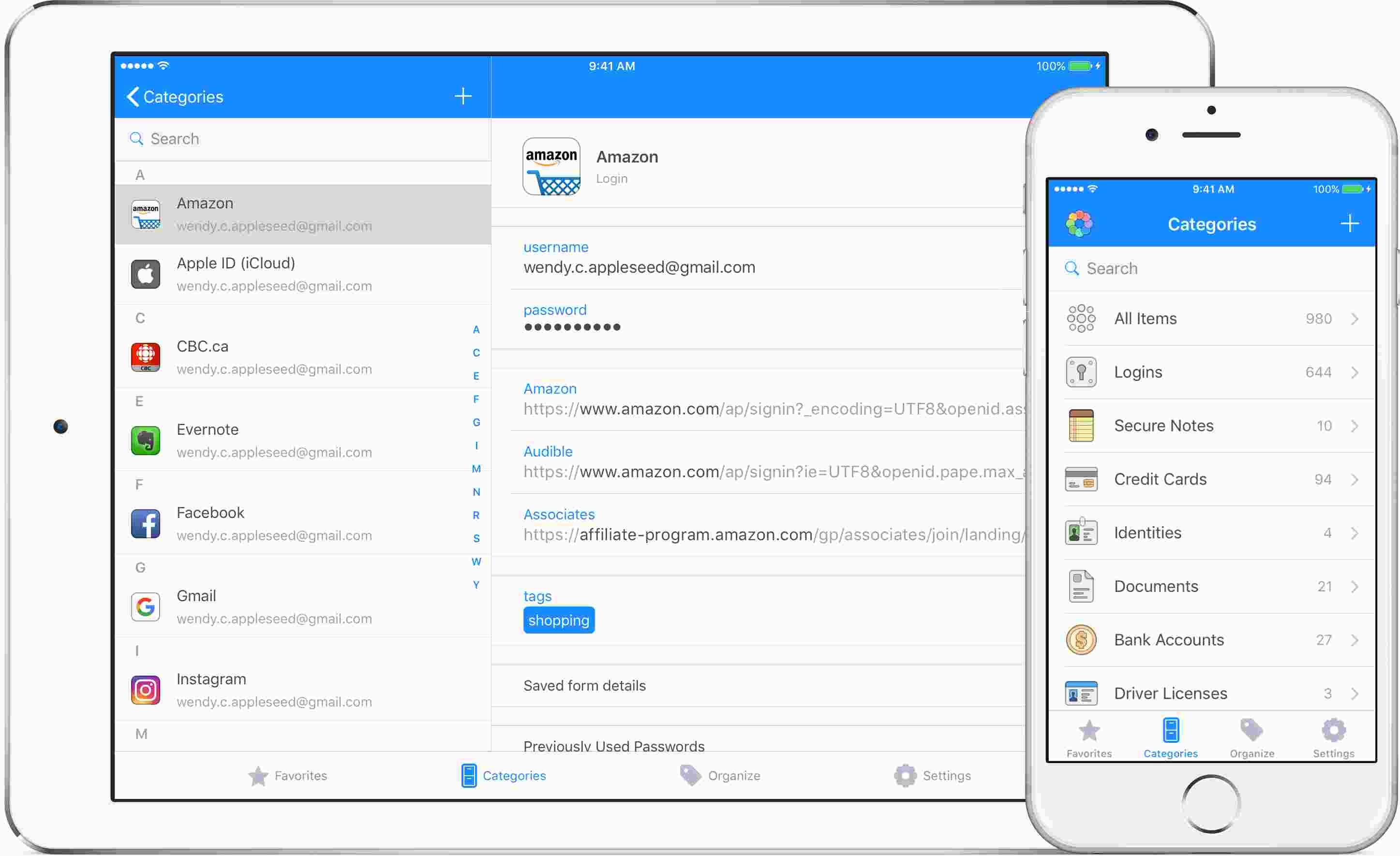
Google uses cookies and data to:
- Deliver and maintain services, like tracking outages and protecting against spam, fraud, and abuse
- Measure audience engagement and site statistics to understand how our services are used
- Improve the quality of our services and develop new ones
- Deliver and measure the effectiveness of ads
- Show personalized content, depending on your settings
- Show personalized or generic ads, depending on your settings, on Google and across the web
Click “Customize” to review options, including controls to reject the use of cookies for personalization and information about browser-level controls to reject some or all cookies for other uses. You can also visit g.co/privacytools anytime.
With a Secrets Automation workflow, you can securely access your 1Password items and vaults in your company’s apps and cloud infrastructure using a private REST API provided by a 1Password Connect server.
Enter your Customer ID one of your domains registered with IONOS. Click on 'Request new password' and follow the next steps. I show you how to get started using 1Password password manager. Rolling out 1Password to our employees worldwide was quick and simple, with over 50,000 employees adopting it within the first two weeks alone. Keep your family safe online. The easiest and safest way to share logins, passwords, credit cards and more, with the people that matter most. Go ahead, forget your passwords – 1Password remembers them.
You can set up Secrets Automation if you’re a family organizer, owner, administrator, or you belong to a group with permission to manage Secrets Automation.
Before you get started, you’ll need a deployment environment with Docker or Kubernetes to deploy the Connect server.
Step 1: Set up a Secrets Automation workflow

To get started, set up a Secrets Automation workflow and get your Connect server credentials and first access token. Click Get Started, sign in to your 1Password account, and follow the onscreen instructions.
After you complete the setup process, you’ll see:
- Your 1password-credentials.json file. It contains the credentials you’ll need to deploy the Connect server.
- An access token. You’ll use this in your applications or services to authenticate with the REST API. You can issue additional tokens later.
Step 2: Deploy a 1Password Connect server
User Guide
Learn how to deploy a 1Password Connect server in your environment:
Step 3: Set up applications and services to get information from 1Password
Applications and services get information from 1Password through REST API requests to a Connect server. The requests are authenticated with an access token. Create a new token for each application or service you use.

Plugins
If your language or platform isn’t listed, you can build your own client using the 1Password Connect REST API.
Learn more about Secrets Automation
Live demo

On April 27, Senior Product Manager, Carson Brown, and 1Password developer, Jillian Wilson, will host a technical overview of Secrets Automation for developers eager to take a peek behind the curtain.
Appendix: Manage Secrets Automation managers
With 1Password Business, you can create a custom group to manage who can access Secrets Automation. Then add the group to the Secrets Automation managers:
1 Password Recovery
- Sign in to your account on 1Password.com and click Integrations in the sidebar.
- Click the Permissions tab and choose Secrets Automation.
- Click Manage and select the groups who can manage Secrets Automation, and click Update.
Www.1password.com
Appendix: Issue additional access tokens
Issue a new access token for each application or service:
- Sign in to your account on 1Password.com and click Integrations in the sidebar.
- Choose the Secrets Automation environment you want to issue a token for.
- Click New Token and follow the onscreen instructions.
1 Password Pc
Get help
To change the vaults a token has access to, issue a new token.
To get help and share feedback, join the discussion with the 1Password Support Community.
1password Chrome Extension
Learn more
